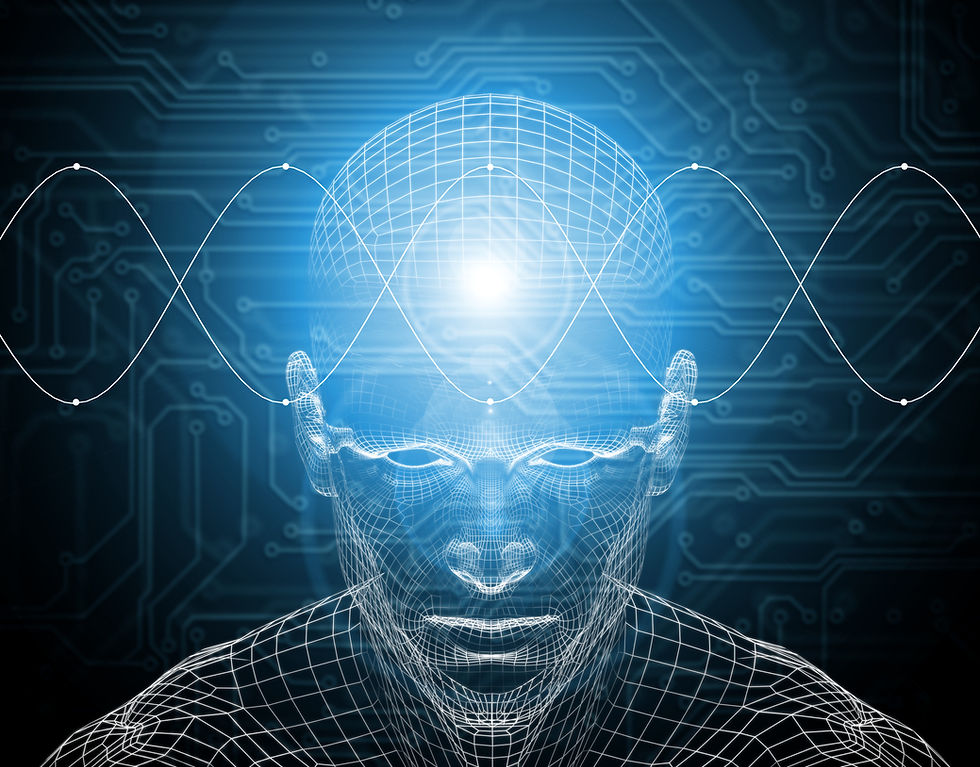The RoboDoc will see you now: Automated Telehealth
- TELEMEDY

- Feb 6, 2021
- 2 min read
Automated telehealth is the use of smart software, clinically-driven algorithms, and artificial intelligence technology to provide efficient, effective and responsive health care. There’s a range of technology available for this purpose including wearable health tracking devices, organisational software, and remote assistants. The main uses of automated telehealth centre around screening, monitoring, and workflow processes. Automated telehealth is a form of Robotic Process Automation (RPA).

One of the most exciting developments in this field is the automation of imaging interpretation. In many parts of the world algorithms are being employed in visual form, to assist with the identification of disease processes picked up by x-rays and other scans. These algorithms work by implementing a colour-coded map to identify patterns of common conditions, such as pneumonia on a chest x-ray. A review system is then triggered which prompts the clinical team into action. As clinical scans can be of variable quality and a radiologist’s review often takes some time, this technology is particularly useful when screening for abnormalities which are difficult to see using human eyes.

Another leap forward for automated telehealth is in the use of artificially intelligent robots. These non-contact devices are independently mobile, and are either controlled with a handheld device or pre-programmed to follow a set pathway. They have been designed to undertake certain tasks automatically, and provide the benefit of two-way protection — by keeping a safe space between the patient and the staff who need to interact with them, they help to limit the spread of infectious diseases in clinical settings. The most advanced models can record a patient’s vital signs from a distance of 2 metres using a selection of infrared cameras. Some also have a screen or tablet to allow video consultations between doctors, patients and family members, without subjecting any of them to increased risk.

An early idea being developed by some companies is to use speech recognition and automatic transcription to improve consultations. As the healthcare professional speaks, the voice recognition software picks up the relevant terms and phrases to include as documentation. These are being trialled as methods to serve both as clinical records, and to provide the patient with written information from their consultation. If these objectives can be achieved simultaneously, it would save time and energy for both staff and patients as well as minimising the risk of any miscommunication.
The potential for automated telehealth to improve the efficiency and accuracy of conventional medicine is huge, and the recent rapid increase in demand for it is set to drive exciting innovation in this field for the foreseeable future.



Comments